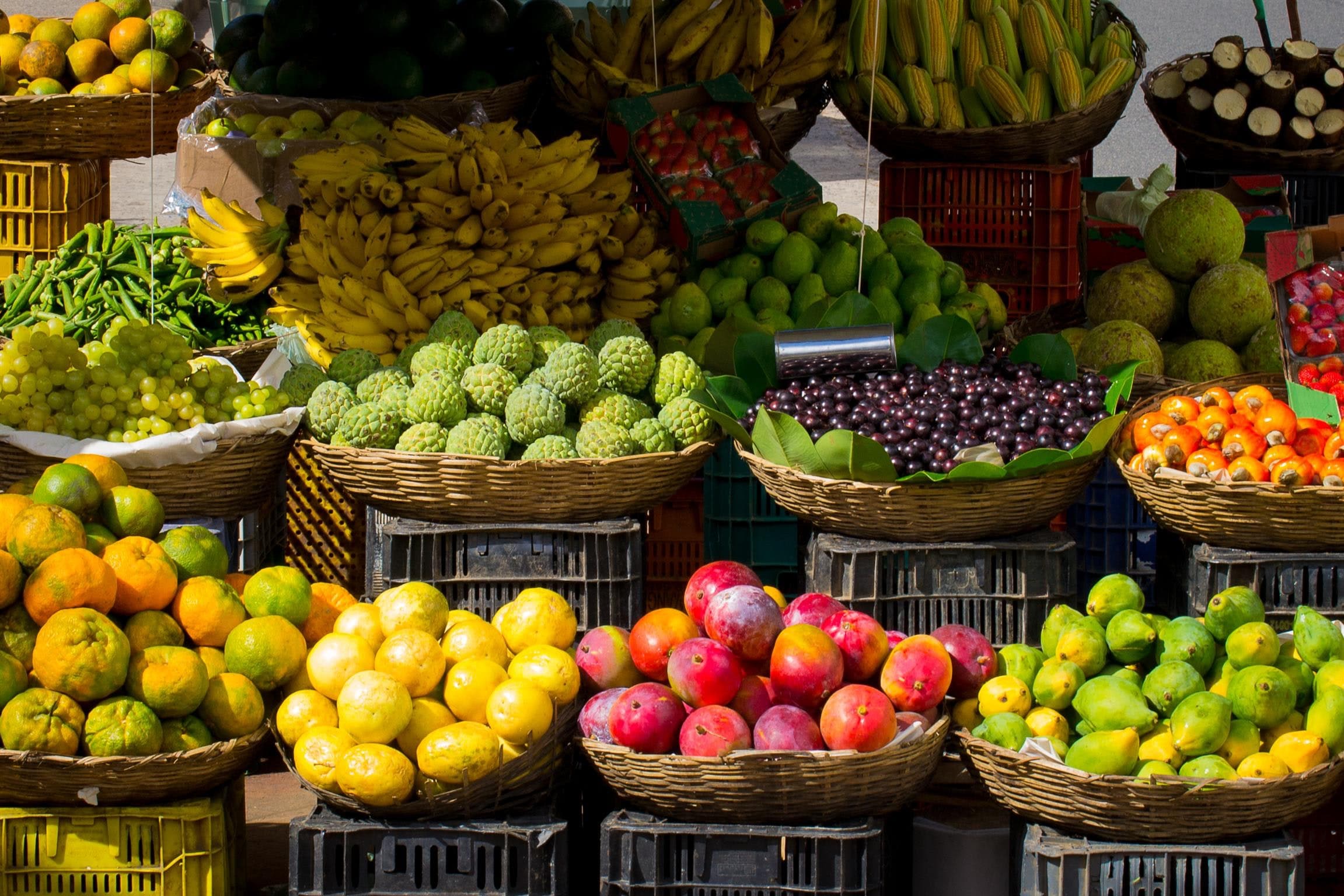Being in Malaysia, we are blessed with an abundant selection of tropical fruits! Some are seasonal and worth the wait, while the rest are available all year round, but at the end of the day, we need to know how to pick the right fruit. For the times when good ol’ mom is not around to pick the perfect fruit, here’s a simple fruit-guide on determining how to choose the right fruit for your ultimate tasting experience.
1. Mangosteen
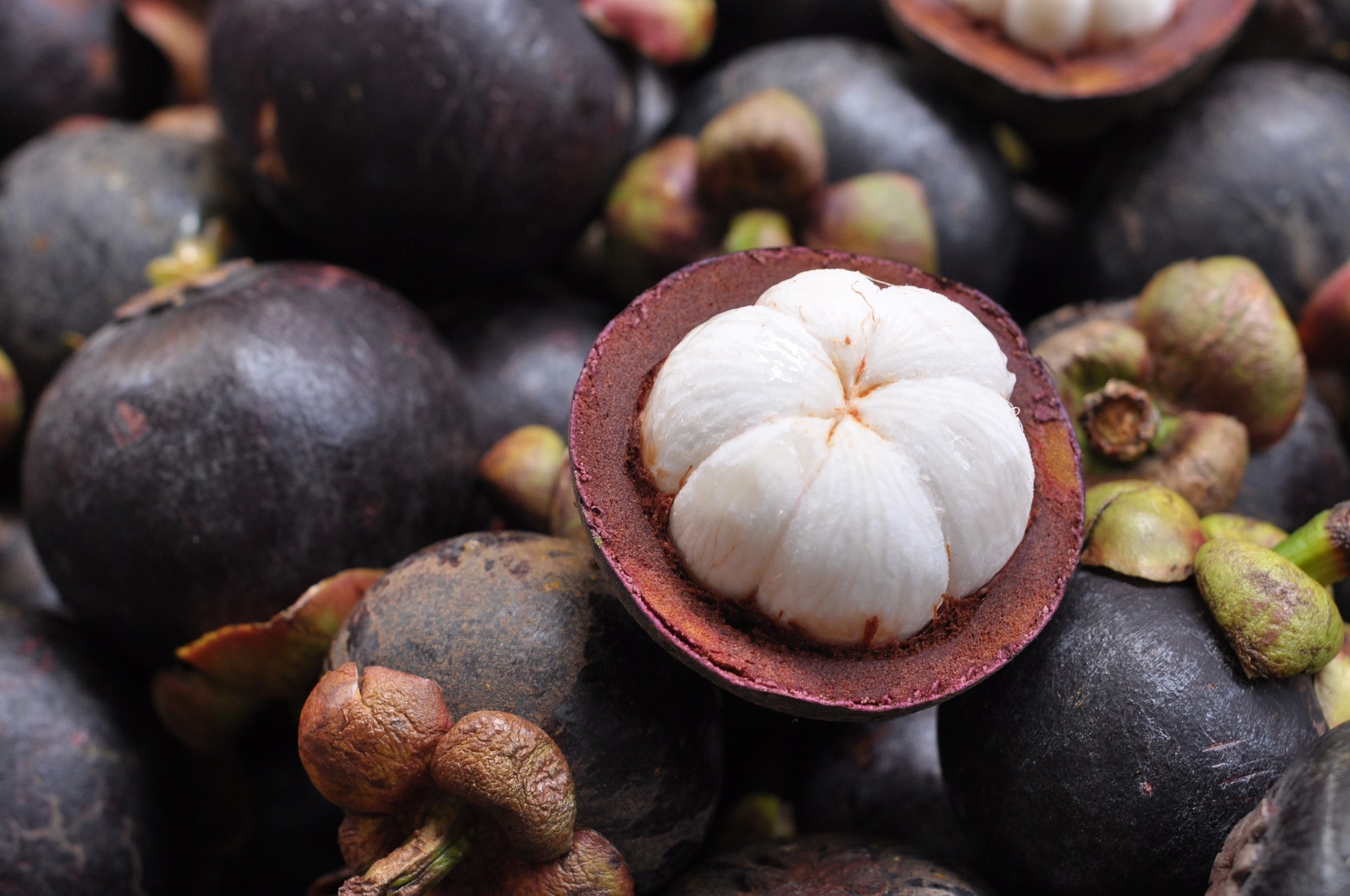
Rich in vitamins, the mangosteen is a common seasonal fruit found here. Known for its sweet and creamy white fruit inside as well as its dyeing properties, some Asian households saw children eating this fruit with a bib or over a bin to keep floors and clothes free from the dark purple stains! Four and five-star hotels in Malaysia are also known to ban this fruit from the hotels because of their tendency to leave these stains and ruin furniture.
Picking ripe and sweet mangosteen can be a bit tricky. Factors that need to be considered when choosing is its size, shell, and stem. Medium-sized fruits are the safest bet as it typically has more fruit meat with a smaller seed. As for the shell, you’d want a reddish-purple colour, and for the shell to be firm – not to be too tough or soft. The little flower at the bottom of the fruit also plays a roll indicating the number of sections are in the fruit. Do try and avoid fruit with hardened yellow resin beads on it as some of the fruit may have been contaminated with resin.
2. Mango
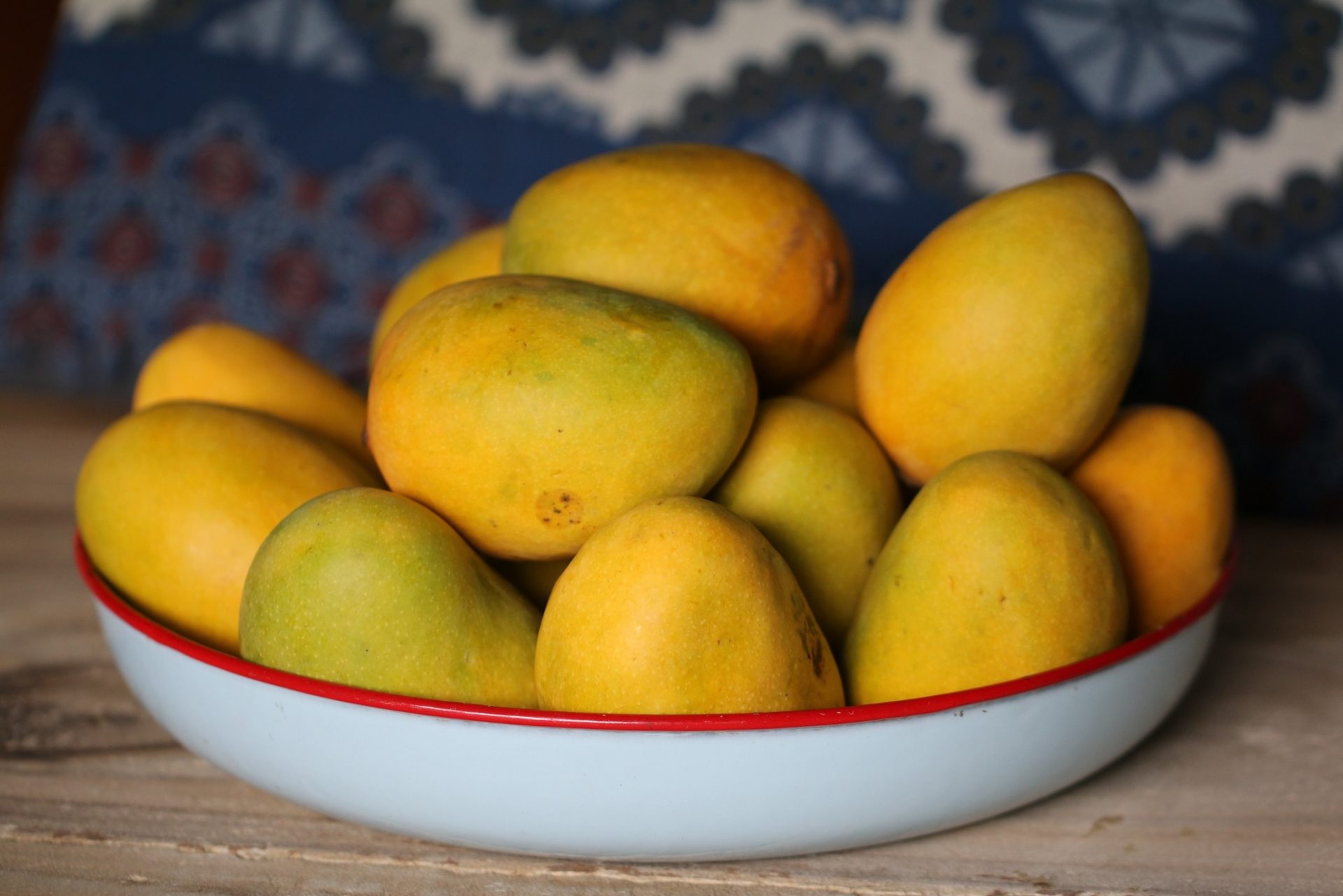
Another tropical favourite, mangoes can be enjoyed sweet or sour-sweet. You can easily find mangoes in Malaysia at the morning wet markets, pasar malam (night market), and in every grocery store. When choosing the right mango, look for three things: texture, colour, and fragrance. The fruit should be nice and soft, when it comes to texture, just like an avocado. As for its colour, it typically changes from green to yellow or orange when it ripens. But the most important indication is its fragrance as well as oozing sap. At this stage, the mango is ready to eat right away so if you want to keep it for a few days, best to get one that is slightly greener.
3. Durian
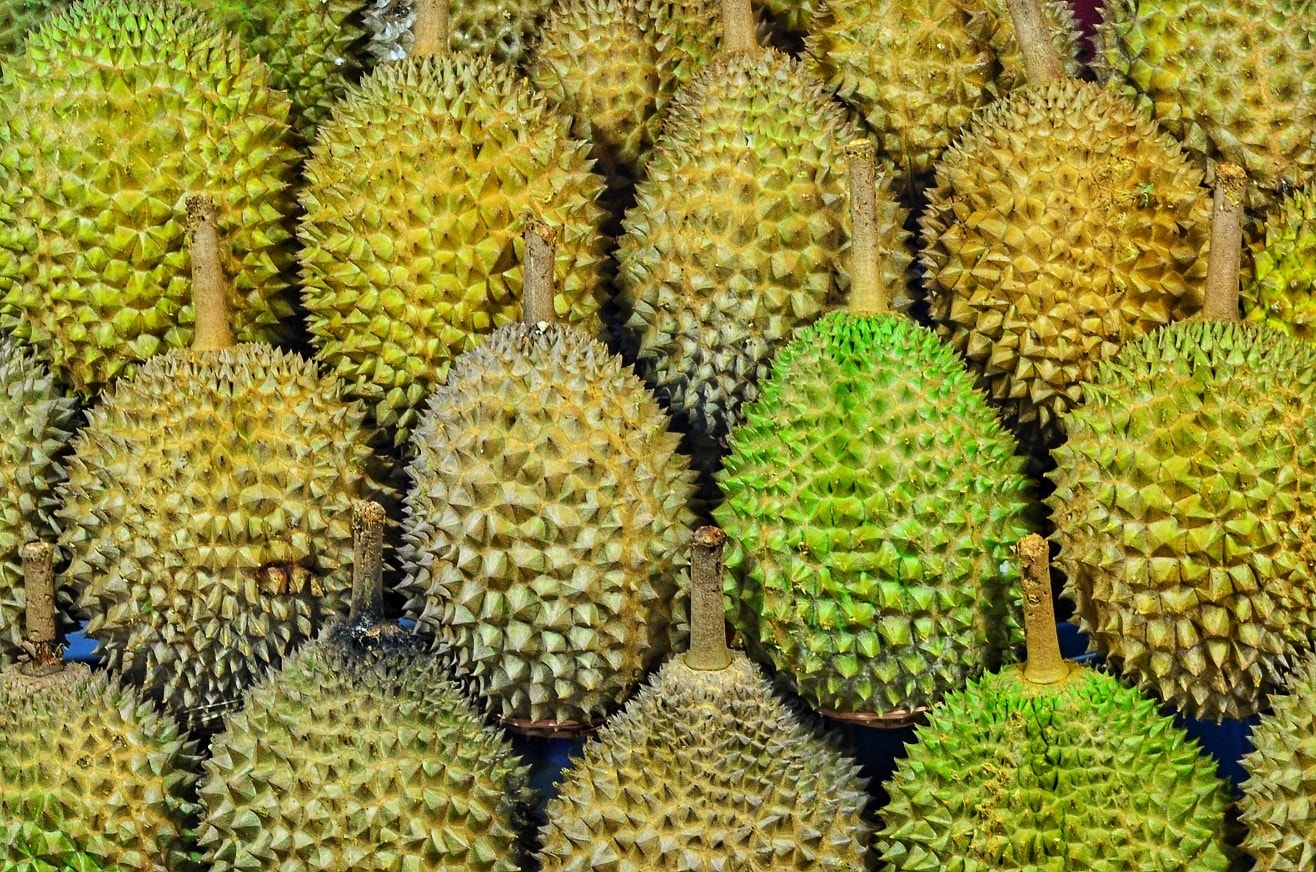
Though it isn’t everyone’s cup of tea, the durian is still a popular fruit in Malaysia and can be found at markets and roadside stalls. Regular durian eaters typically have a preferred stall to get good quality durian, but for first timers, this is what you need to look out for. Be sure to sniff the durian along the split seams of the fruit, and not its base, and if there is no smell, the fruit is unripe but if it is too strong, it’s probably over-ripe. When it comes to shape, the ones that are imperfect are the ones to pick out, slightly oval or oblong shaped. But also make sure that you know the average size of the type of durian you want so that you won’t get scammed.
Bonus Tip: To get rid of ‘durian breath’, drink salted water out of the durian shell.
4. Rambutans
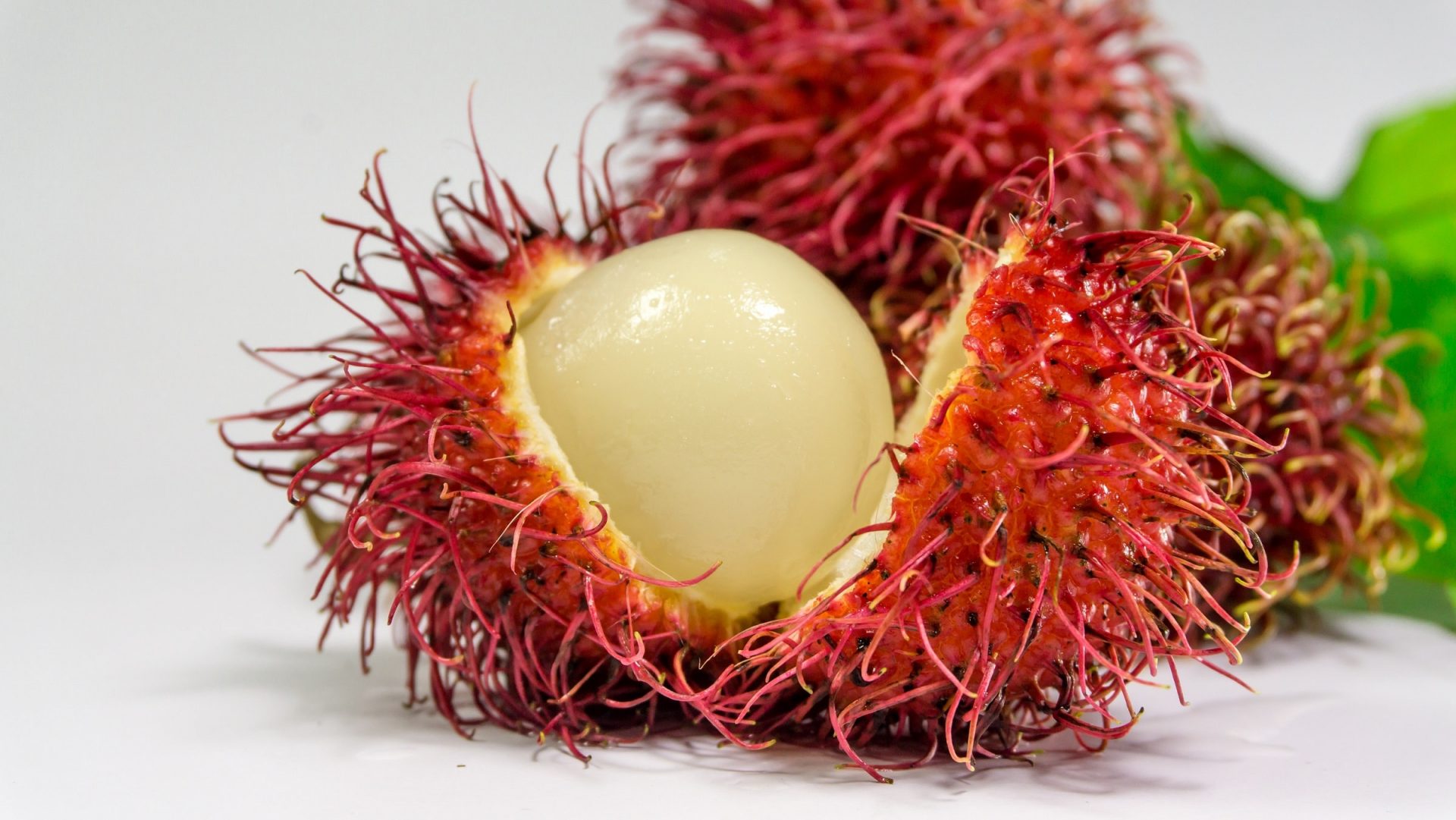
Rambutans may not look very appealing, but its fruit is deliciously sweet and juicy. Another seasonal fruit here in Malaysia, the easiest way to tell if the fruit is ripe is its red colour, even better if it is still attached to the branches. It is okay if the spikes are a bright green, just be sure that the fruit’s skin isn’t brown or has mold on it, which is an indication that it has turned bad. Rambutans that are slightly yellowed or have browned tendrils can still be eaten but the discoloration shows that they has been taken off the tree a long time.
Rambutans can’t be kept for a long time after plucking, and should be consumed during the peak period when it is firm and fresh, including the under-ripe fruits because rambutans do not ripen any further after plucking. Bad rambutans typically becomes water-logged and taste sour, almost like an unpleasant, fermented taste.
5. Papaya
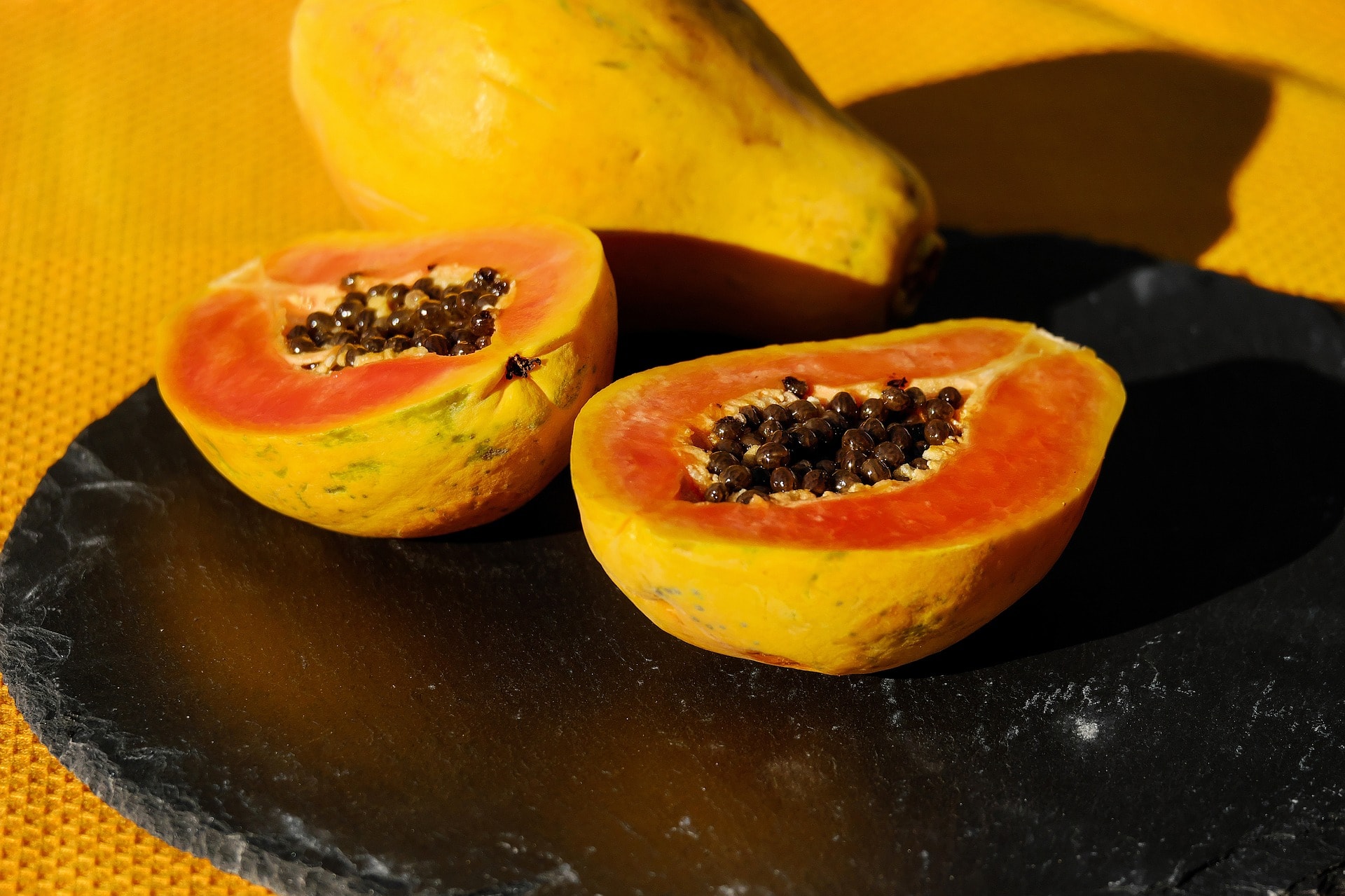
An all-year-round fruit, the papaya is another local favourite that can be found in most markets. A ripe papaya is bright yellow, but when buying it, best to get one that’s yellow and a little green if you don’t intend to eat it immediately. In terms of the feel of the fruit, choose one that is firm and yields to gentle pressure. It should also have a smooth skin. If the papaya has any blemishes and cuts, and feels too soft, it probably is overripe.
When storing ripe papayas, keep them in a plastic bag in the fridge, where it can be kept for up to a week. If your fruit isn’t ripe yet, all you need to do is place it in a brown paper bag at room temperature to speed up the ripening process.
6. Watermelon
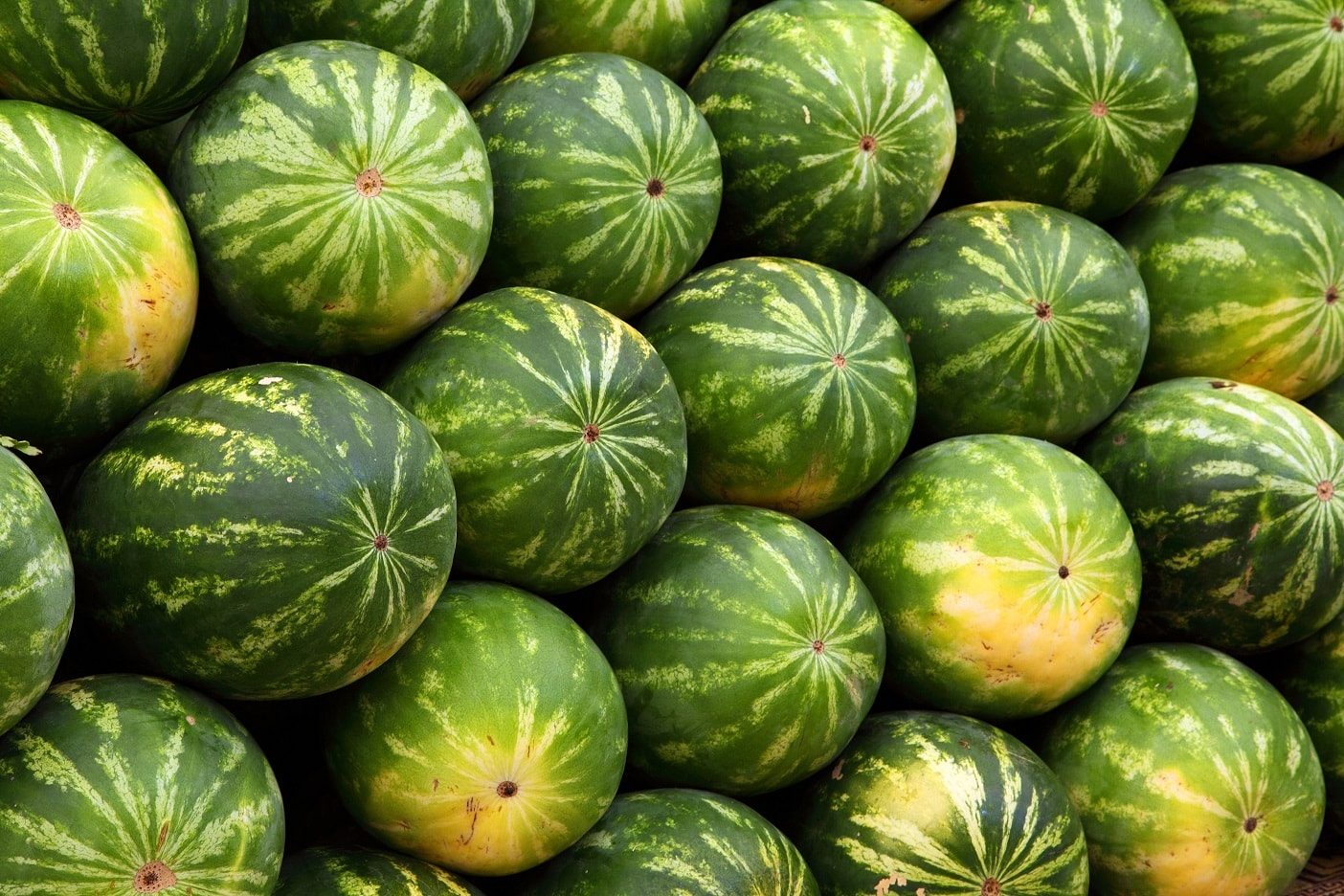
Whether eaten as is or juiced, watermelons are so refreshing, especially in Malaysia’s hot climate. It is said that picking a watermelon is rather simple as the harvesting signs are clear. For starters, it is best to pick out an average-sized watermelon that feels heavy. The heavier it is, the more juice it has. For colour, and appearance, make sure that the skin looks dull or matte, as shiny watermelons tend to be under-ripe.
Next, check for the field spot, which is a yellow spot on the watermelon, where it rested on the ground. A ripe watermelon has a creamy yellow or even orange-yellow, but a white spot indicates that it is under-ripe. Also check for the fruit’s dried tail, which should be brown in colour. If it is green, the fruit was probably harvested too soon and will not continue to ripen over time.
Craving some delicious tropical and exotic fruit? Now that you know how to pick ’em, nothing’s stopping you!
"ExpatGo welcomes and encourages comments, input, and divergent opinions. However, we kindly request that you use suitable language in your comments, and refrain from any sort of personal attack, hate speech, or disparaging rhetoric. Comments not in line with this are subject to removal from the site. "


